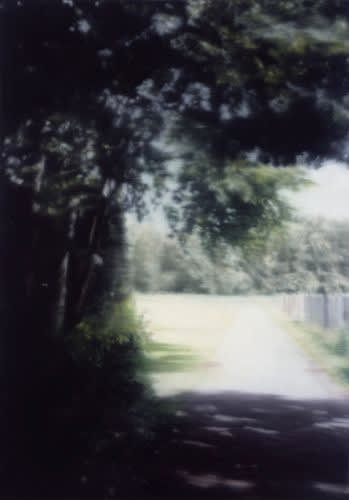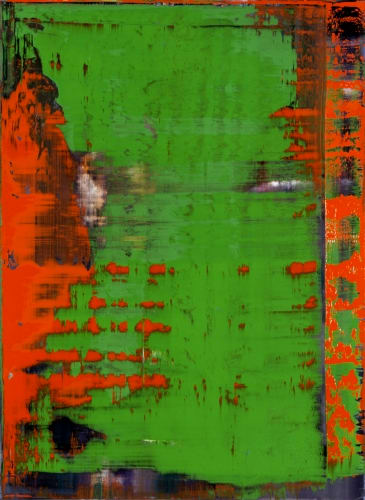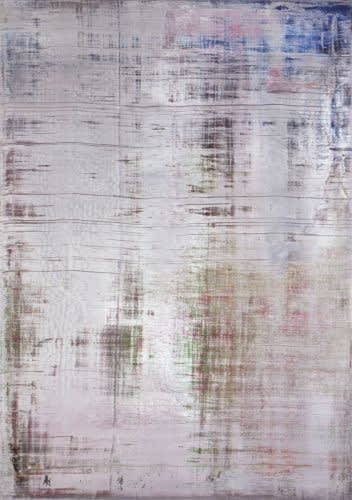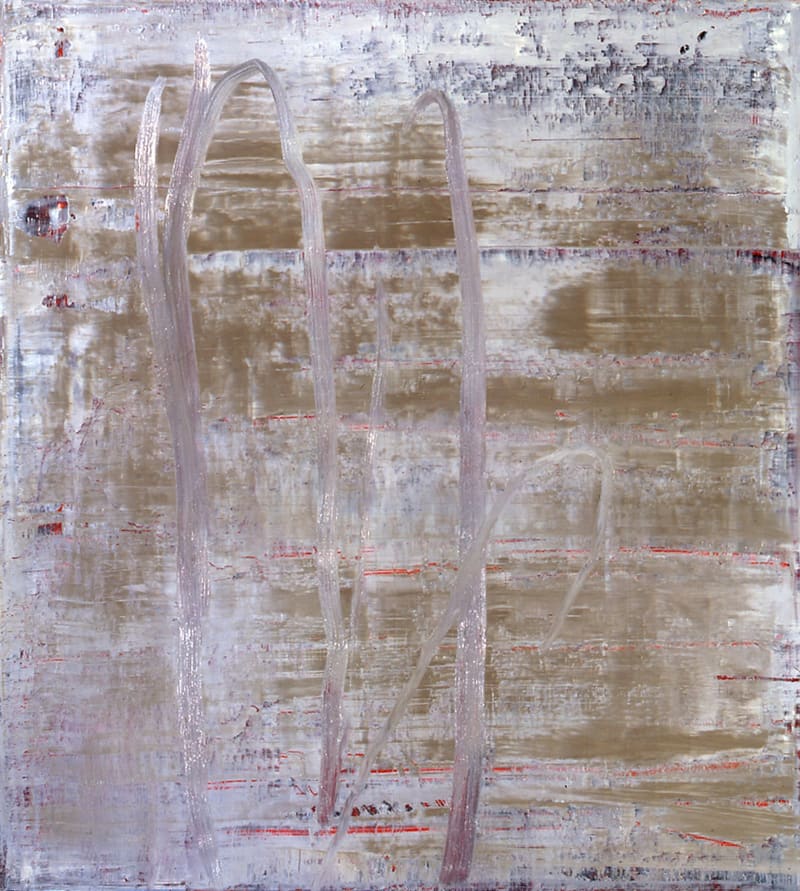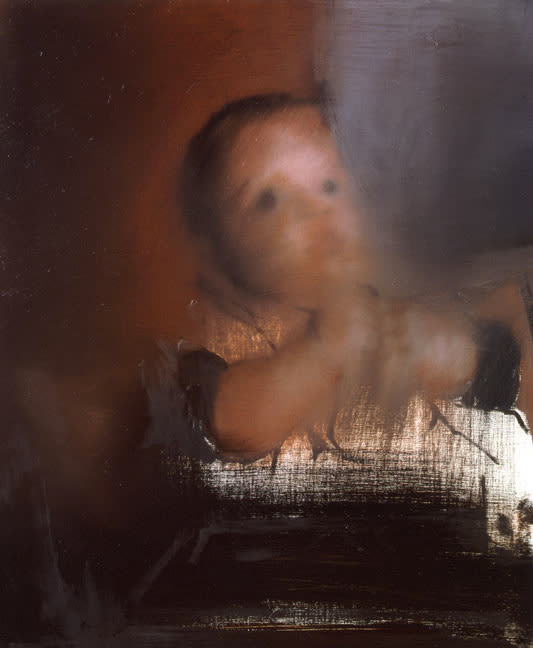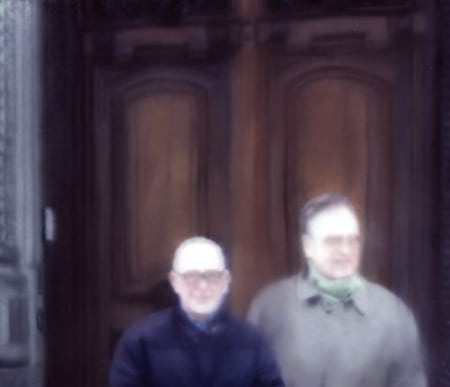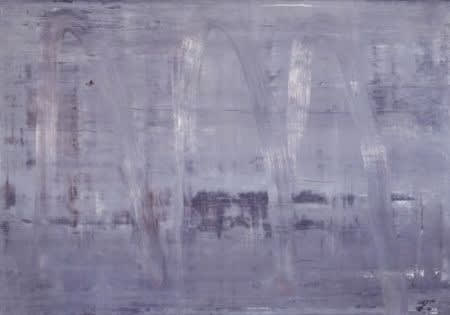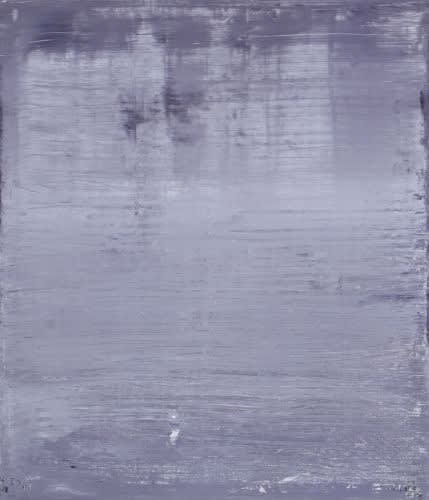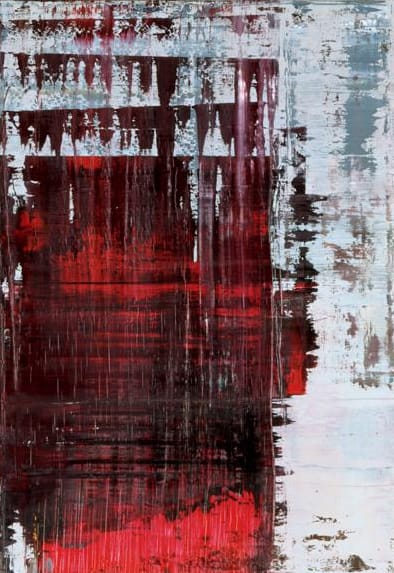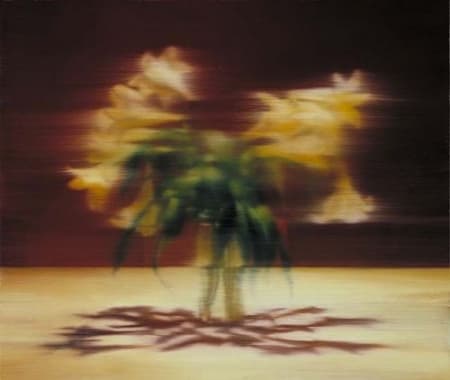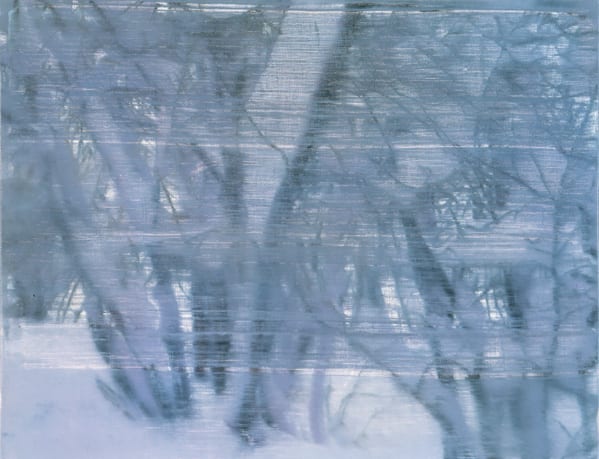Overview
Marian Goodman Gallery is delighted to announce that we will open our Fall season with an exhibition of new work by Gerhard Richter. The exhibition will open Friday, September 14th, and will be on view through Saturday, October 27th.
This new body of work includes abstract and realist works made between 1996 and the present. Thirty-seven new paintings will be on view, including a selection of works from his recent exhibition at the Kaiser Wilhelm Museum in Krefeld, Germany, Gerhard Richter: Bilder 1999.
A catalogue, reproducing approximately fifty-seven new works in color, with a text by art historian Benjamin Buchloh, will be published on the occasion of this special exhibition. This will be the most recent show of Richter's work in the United States since his last solo exhibition at Marian Goodman in 1996.
Gerhard Richter
New Paintings, 1996-2001
Opening Reception: Friday, September 14th, 5:30-7:30 pm
Marian Goodman Gallery is delighted to announce that we will open our Fall season with an exhibition of new work by Gerhard Richter. The exhibition will open Friday, September 14th, and will be on view through Saturday, October 27th.
This new body of work includes abstract and realist works made between 1996 and the present. Thirty-seven new paintings will be on view, including a selection of works from his recent exhibition at the Kaiser Wilhelm Museum in Krefeld, Germany, Gerhard Richter: Bilder 1999.
A catalogue, reproducing approximately fifty-seven new works in color, with a text by art historian Benjamin Buchloh, will be published on the occasion of this special exhibition. This will be the most recent show of Richter's work in the United States since his last solo exhibition at Marian Goodman in 1996.
Gerhard Richter was born in Dresden in the former German Democratic Republic in 1932, where he lived until 1961, studying first at the Kunstakademie, Dresden (from 1951 to 1956), where he was instructed in Socialist Realism. His trip to Documenta in 1959, where he was exposed to the works of Fontana, Fautrier and Rauschenberg among others, convinced him he should leave East Germany for the “West” and what that implied. He then moved in 1961 and studied at the Kunstakademie in Dusseldorf (1961 to 1963). He studied Abstract Expressionism under Karl Otto Götz and was influenced by a small group associated with Informel, a movement that had flourished in Germany in the 1950s and that had emphasized freedom from subject matter. In the West, Richter was exposed to Fluxus and pop art --influences which were responsible in part for prompting him, in his own words, to “paint a photo”. He rejected Socialist Realism: he and his colleagues (Konrad Fischer and Sigmar Polke) embraced "Capitalist Realism", the ironic term they coined as they set about making a new kind of art.
In the early 1960s Richter’s first series of photo paintings were based on anonymous news photos and snapshots, and then later were based on his own photographs. In using his own photographs as studies for his paintings Richter in effect became his own archivist, a lifelong project that was brilliantly revealed in the exhibition Atlas, shown at The Dia Center for the Arts in 1995. In the late 1960s, Richter took a hiatus from representational painting and made only monochrome pictures in gray on gray, which he said in retrospect were “the most complete ones which I could imagine.” In the mid 1970s he embarked on a new project, the “color sketches”: “After the gray paintings, after the dogma of ‘Fundamental Painting’ whose purist and moralizing aspects fascinated me to a degree bordering on self denial, all I could do was start over again. This was the beginning of the first ‘color sketches’, conceived in complete openness and uncertainty under the premise of ‘multichromatic and complicated’ which obviously meant the opposite of anti-painting and of painting that doubts its proper legitimacy.” From the color sketches emerged the Abstract Paintings, larger scaled, brightly hued canvases of light, color and gesture which are a point of origin for the abstract works on view in the current exhibition.
Gerhard Richter has been the recipient of numerous awards, including the Wolf Prize in Israel in 1994/5; the Praemium Imperiale Award, Japan, and the Wexner Prize, both in 1998; the Oskar Kokoschka Prize in Vienna, 1985; the Arnold Bode Prize, in Kassel Germany, 1981; and the Junger Western Art Prize, in Recklinghausen, Germany, 1961.
Gerhard Richter has exhibited widely internationally. In 1999-2000 the exhibition “Gerhard Richter, Aquarelle und Zeichnungen 1964-1999” toured from the Kunstmuseum Winterthur, to the Kupferstich-Kabinett, Dresden, then to the Kaiser Wilhelm Museum, Krefeld. In 1996, “100 Paintings” was shown at the Carré d’Art Musée de Nîmes, Nîmes; in 1995 a solo exhibition was held at The Israel Museum, Jerusalem; and in 1989 at the Museum Boijmans-van Beuningen, Rotterdam. In 1995, Atlas was shown at the Dia Center for the Arts, New York, and later at the Städtische Galerie im Lenbachhaus, Munich, and at the Museum of Contemporary Art, Barcelona. Earlier, in 1990, it had been exhibited at the Ludwig Museum in Cologne. In 1993, a major retrospective opened at the ARC/Musee d’Art Moderne de la Ville de Paris, Paris, and travelled to the Moderna Museet, Stockholm, and El Museo Nacional Centro de Arte Reina Sofia, Madrid. In 1991-92, the Tate Gallery in London hosted a major retrospective exhibition. In 1989, the series “18 Ockober 1977 “ was exhibited at the Museum Haus Esters, Krefeld, and travelled to Portikus, Frankfurt; The ICA in London; the St. Louis Art Museum, St. Louis; the Grey Art Gallery, New York; the Montreal Museum of Fine Arts, Montreal; and the Lannan Foundation, LA. In 1988-89, an exhibition called “Paintings” toured from Art Gallery of Ontario, Toronto to the Museum of Contemporary Art, Chicago; the Hirshhorn Museum, Washington, D.C., and the Museum of Modern Art, San Francisco.

